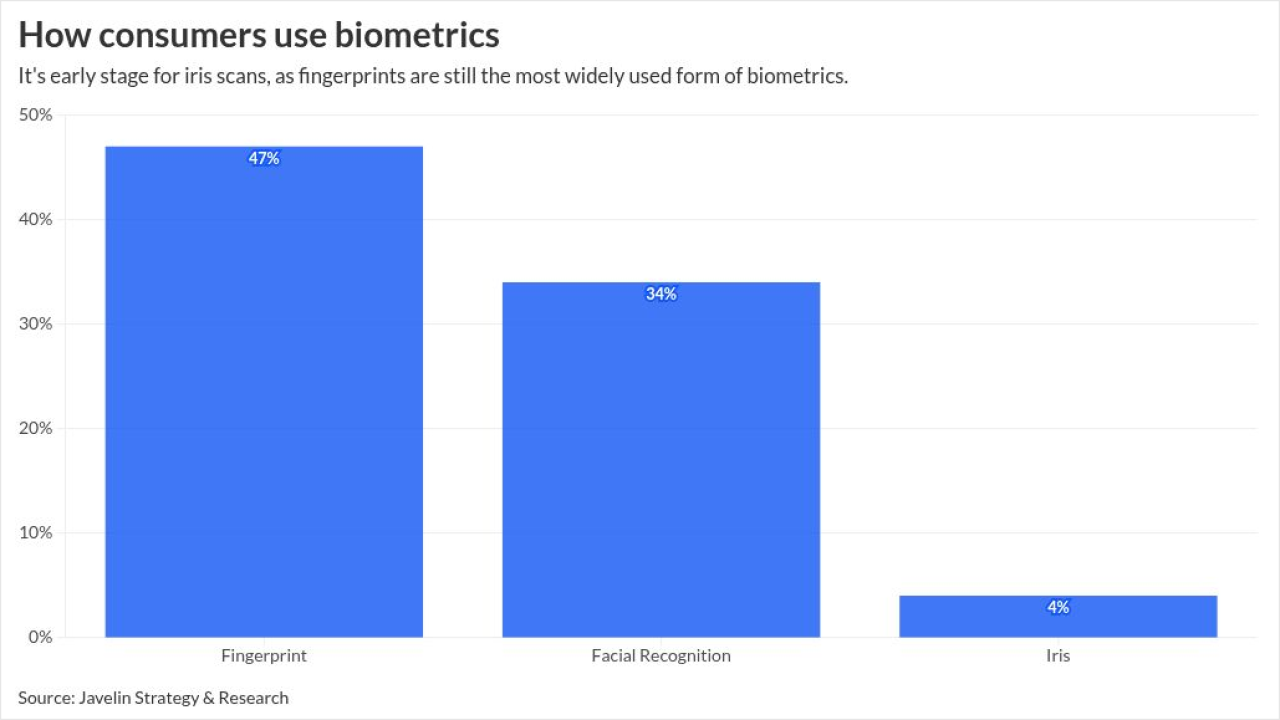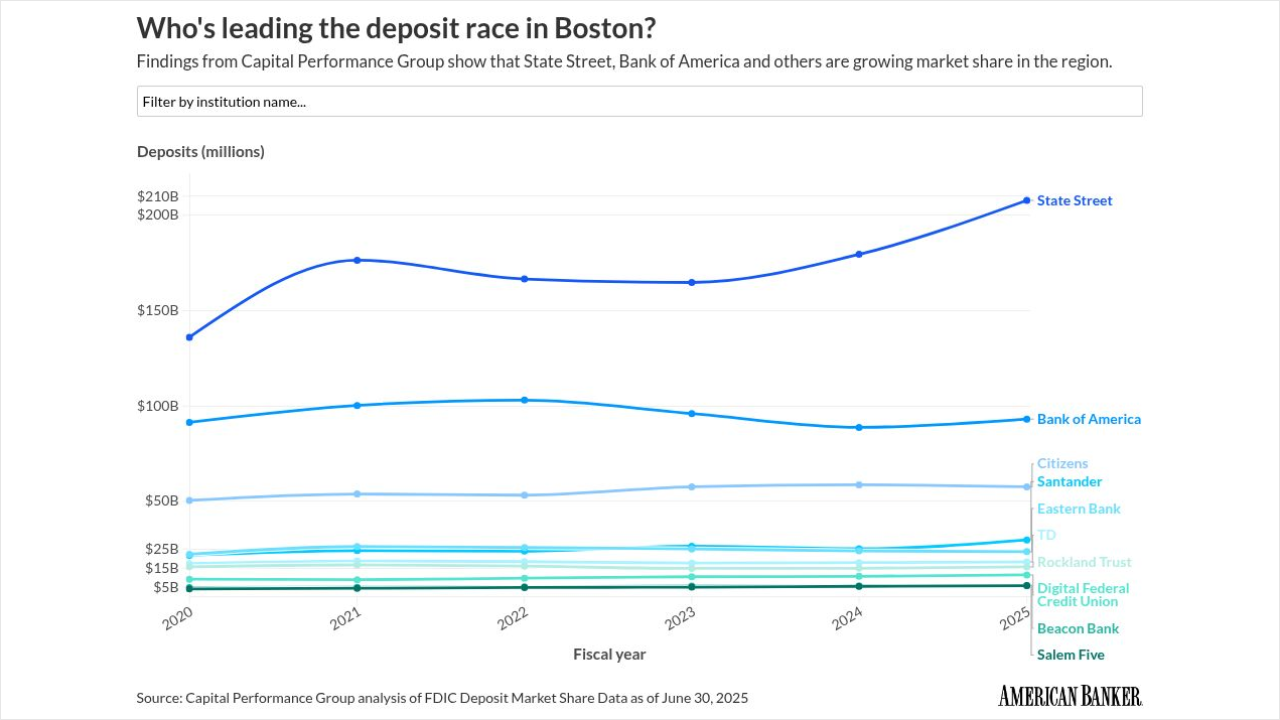For several decades, incumbent banks have held a comfortable leadership position in payments. But the rapid growth of digital payments has signalled an opportunity for new market entrants to attack this status quo.
To develop effective strategies to stay ahead, incumbents must understand who their competitors are now, and assess how their strengths and weaknesses compare in the key competitive battlegrounds of data, trust, cost, innovation, scale and alternative payment methods.
Incumbents are facing increasing competition from card networks, payment platforms, challenger banks and big tech players, which is upending the payments ecosystem.
Incumbent banks’ market position is underpinned by strong consumer trust and massive scale, but these historic advantages can no longer be taken for granted.
Take trust. This is a layered concept, ranging from transactions being reliably processed, responsible data use and, increasingly, an expectation that organizations are acting in their customers long-term interests. And demographic trends are showing that consumers increasingly trust nonbank and alternative providers to deliver financial services.
A recent
Elsewhere, banks are sitting on a gold mine of customer data but must start using it more effectively to gain an advantage. In itself, data has no real value, so it is the ability to effectively organize, translate and leverage this data for meaningful customer insights and value-added products and services that has emerged as a key competitive differentiator.
Legacy infrastructure also makes it difficult for banks to compete on cost, which is more important than ever as margins evaporate and payments become instant, invisible and free. This hampers the ability to realize partnerships to drive innovation and limits the opportunity to explore alternative payment methods.
And as incumbents look to bolster their strengths and address these challenges, they must also recognize the areas where the competition excel.





